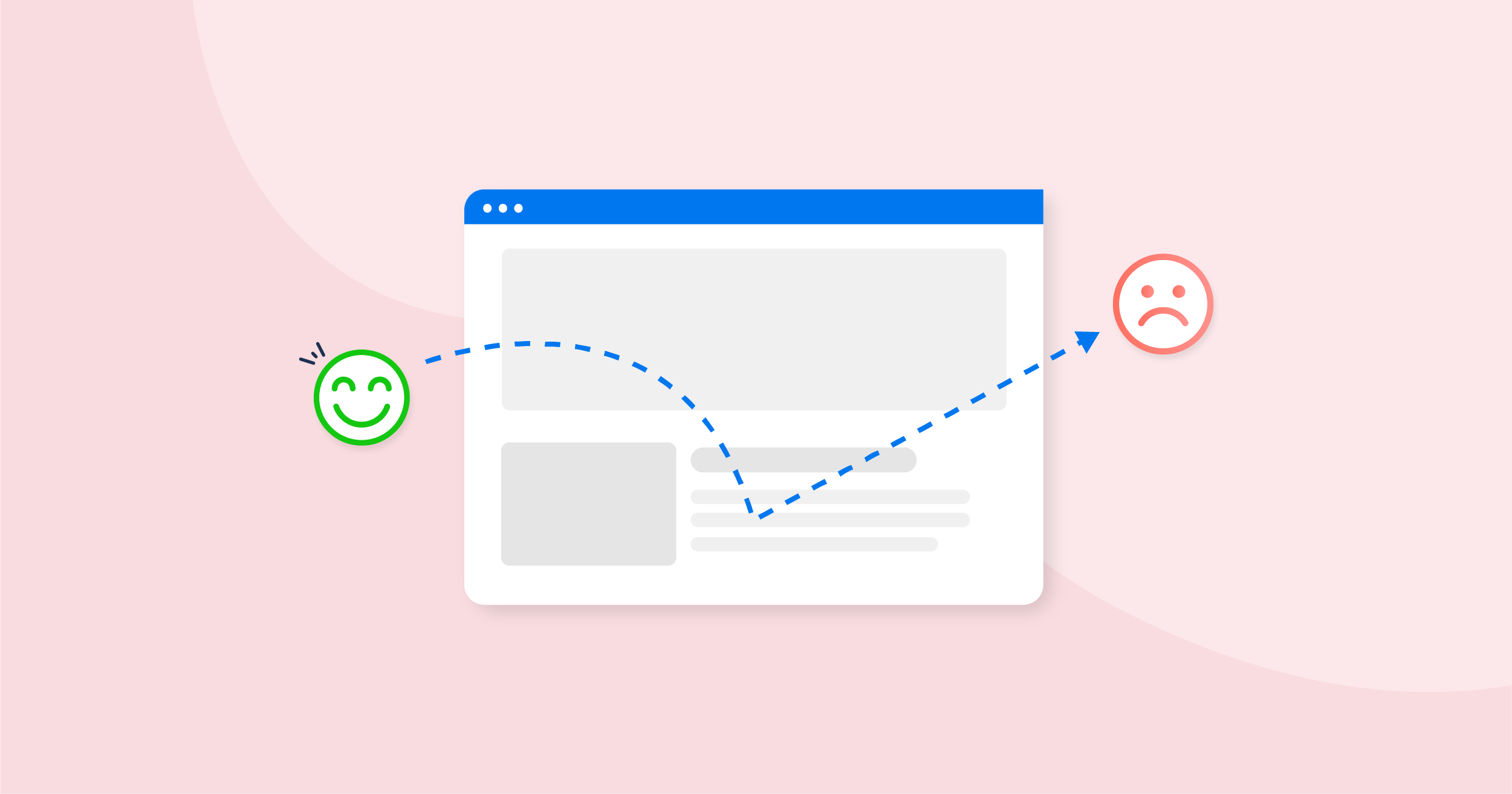Dealing with email bounces is a common challenge faced by email marketers and system administrators. When an email fails to reach its intended recipient, it is considered a bounce. Bounces can occur for various reasons, such as invalid email addresses, full mailboxes, or server issues. Understanding the difference between hard bounces and soft bounces is crucial for diagnosing and resolving email delivery problems. In this comprehensive guide, we will explore the concept of email bounce on the server, discuss the differences between hard bounces and soft bounces, and provide actionable steps to address and prevent bounce-related issues. By the end of this article, you will have a solid understanding of how to effectively manage email bounces and optimize your email deliverability.
What is an Email Bounce?

An email bounce occurs when a sent email is not delivered to the intended recipient and is returned to the sender or the sender's mail server. Bounces can happen for various reasons, such as:
1. Invalid Email Addresses
If an email address is misspelled, no longer exists, or contains typos, the email will bounce back. Invalid email addresses are considered hard bounces because the recipient's email server categorically rejects them.
2. Full Mailboxes
If a recipient's mailbox is full or has exceeded its storage limit, the email cannot be delivered, resulting in a bounce. Full mailbox bounces are typically soft bounces because they are temporary and can be resolved once the recipient clears their mailbox.
3. Server Issues
Temporary server issues, such as connectivity problems or high server loads, can cause email bounces. These bounces are typically soft bounces and can be resolved once the server issue is fixed.
Hard Bounces vs. Soft Bounces
The distinction between hard bounces and soft bounces lies in their permanence and resolution. Understanding these differences is crucial for diagnosing and resolving email delivery issues:
1. Hard Bounces
Hard bounces occur when an email is permanently undeliverable. They are typically caused by reasons such as:
- Invalid email addresses
- Non-existent domains
- Blocked email servers
Hard bounces indicate a fundamental problem with the recipient's email address or server. When an email hard bounces, it is recommended to remove the email address from your mailing list to maintain list hygiene and improve deliverability.
2. Soft Bounces
Soft bounces, on the other hand, are temporary delivery failures. They indicate issues that can be resolved over time. Some common causes of soft bounces include:
- Full mailboxes
- Temporary server issues
- Content filters
Soft bounces are usually temporary and do not require immediate action. However, if an email continues to soft bounce over multiple attempts, it may be worth investigating the issue further.
Addressing Email Bounces

To effectively manage email bounces and improve deliverability, consider the following strategies:
1. Regularly Cleanse Your Email List
Regularly review and update your email list to remove invalid or inactive email addresses. By maintaining a clean and up-to-date list, you can reduce the occurrence of hard bounces.
2. Implement Double Opt-in
Double opt-in is a process where subscribers confirm their email addresses by clicking on a verification link. This helps ensure that the email addresses provided are valid and minimizes the chances of hard bounces.
3. Monitor Bounce Rates
Keep a close eye on your bounce rates to identify any sudden spikes or persistent issues. High bounce rates may indicate problems with your mailing list or email delivery infrastructure that need attention.
4. Segment Your Audience
Segmenting your audience based on engagement levels, preferences, and activity can help you deliver more targeted and relevant content. By sending tailored emails to specific segments, you can reduce the likelihood of bounces.
5. Monitor Feedback Loops
Implement feedback loops provided by ISPs (Internet Service Providers) to receive notifications when recipients mark your emails as spam. Monitoring feedback loops allows you to take corrective actions and prevent future bounces.
Preventing Email Bounces

While it is impossible to eliminate email bounces entirely, you can take proactive measures to minimize their occurrence:
1. Validate Email Addresses
Implement email validation techniques, such as regular expressions or third-party libraries, to verify the format and syntax of email addresses before sending emails. This helps catch potential issues and reduce the number of hard bounces.
2. Use Email Verification Services
Leverage email verification services that can verify the deliverability of email addresses, check for spam traps, and flag risky addresses. These services can help identify problematic addresses and reduce the chances of bounces.
3. Optimize Email Content
Ensure that your email content is compliant with email best practices and avoids common triggers that can lead to bounces. Pay attention to elements like subject lines, formatting, and attachments to increase the chances of successful delivery.
4. Monitor Blacklists
Regularly check if your email server or domain is blacklisted. Being blacklisted can result in widespread bounces. Use reputable tools and services to monitor and address blacklisting issues promptly.
5. Work with Reputable Email Service Providers
Partnering with reputable email service providers (ESPs) can help improve your email deliverability and minimize bounce rates. ESPs have robust infrastructure, expertise in managing deliverability, and mechanisms in place to handle bounces effectively.
Conclusion
Managing email bounces on the server is crucial for maintaining a healthy email deliverability rate and ensuring your messages reach the intended recipients. By understanding the differences between hard bounces and soft bounces, you can take appropriate actions to address email delivery issues. Implementing strategies to cleanse your email list, monitor bounce rates, and prevent bounces can significantly improve your email deliverability and user engagement. Remember that email bounces are inevitable, but with proactive measures and continuous monitoring, you can optimize your email campaigns and maintain a positive sender reputation.



